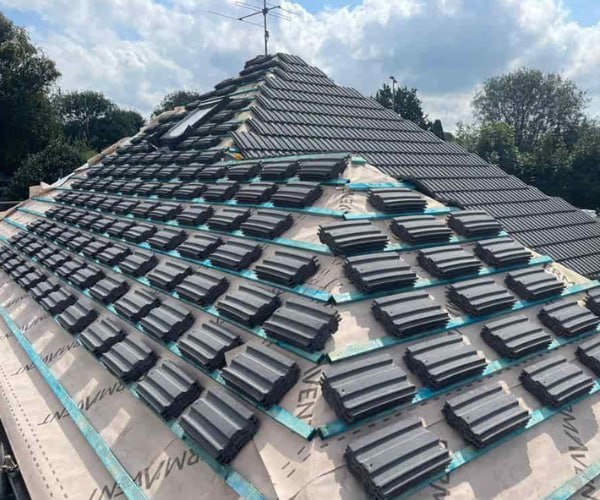The Role of Lead Flashing in Preventing Ice Dams
Introduction: Winter can bring picturesque snowscapes but also present challenges for homeowners, including forming ice dams on rooftops. Ice dams can lead to leaks and water damage inside your home. One often-overlooked hero in preventing ice dams is lead flashing. In this blog post, presented by WCT Roofing Long Buckby, we’ll explore the crucial role that lead flashing plays in preventing ice dams and protecting your home during the cold winter months.
Understanding Ice Dams
Ice dams occur when snow on your roof melts due to heat escaping from your home’s interior. As this melted snow flows down the roof, it reaches the colder eaves, where it refreezes. Over time, this process creates a ridge of ice along the eaves, preventing proper water drainage from the roof. This standing water can infiltrate your roof and lead to interior damage.
How Lead Flashing Prevents Ice Dams
- Sealing Vulnerable Areas: Lead flashing is strategically installed in roof areas where ice dams tend to form, such as roof valleys, along eaves, and around chimneys. Its purpose is to seal these vulnerable areas and prevent water infiltration.
- Proper Water Diversion: Lead flashing channels water away from these vulnerable areas and directs it to the gutter system. By creating a watertight barrier, lead flashing helps ensure that water does not penetrate your roofing system, reducing the risk of ice dams.
- Heat Conductivity: Lead is an excellent conductor of heat. It helps evenly distribute heat across the roof’s surface in colder weather. This prevents localised warming that can contribute to uneven snowmelt, reducing the chances of ice dam formation.
Regular Inspection and Maintenance
While lead flashing plays a vital role in preventing ice dams, keeping it in good condition is essential. Here are some steps to ensure its effectiveness:
- Regular Inspections: Schedule periodic inspections of your lead flashing, especially before the winter season. Look for any signs of damage or deterioration.
- Sealant Check: Ensure the sealant around the lead flashing is intact and in good condition. Replace any worn-out or cracked cement to maintain a watertight barrier.
- Gutter Maintenance: Keep your gutters clean and clear of debris to allow proper drainage. Clogged gutters can lead to water backup, contributing to ice dam formation.
- Attic Insulation: Adequate attic insulation and ventilation are essential to maintaining a consistent roof temperature. Proper insulation reduces the heat escaping your home, minimising snowmelt on the roof’s surface.
Conclusion: Lead flashing is valuable in preventing ice dams and protecting your home from water damage during the winter months. Regular inspection and maintenance are key to ensuring that your lead flashing remains effective in sealing vulnerable areas of your roof. If you have concerns about your lead flashing or need assistance with maintenance or repairs, contact WCT Roofing Long Buckby. Our experienced roofing team can help you safeguard your home from the challenges of winter weather.
Call us on: 01327 221 397
Click here to find out more about WCT Roofing Long Buckby
Click here to complete our contact form and see how we can help with your roofing needs.

